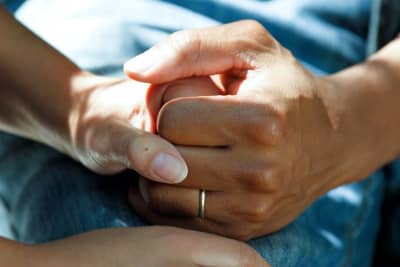I sometimes think that we who live with depression and bipolar disorder spend half our time trying to explain it to others.
My sister described it recently as “ebb and flow,” and that makes sense.
Our family is hugely privileged to be able to spend time at the coast. I wrote about “our” beach in Mudflats, (23rd August 2017). The “beach” (mud) is flat and the change from high tide to low can be as much as half a kilometre.
Living with Bipolar disorder is like living with the tides.
We all know that tides are governed by the gravitational force of the moon. Did you know, however, about neap tides and springs? Spring tides occur at the new and full moon, and the neaps at the quarter moon. Spring tides have a bigger rise and fall, and neaps a smaller change in water levels.
With the neaps, the water seems scarcely to move, but with a spring tide, the it will retreat far out, leaving a vast expanse of shining mud, then it will rush back in, right up to the sea wall; waves licking and flicking at the great concrete slabs and dashing spray over the top.
The really big ones, the perigean tides, normally fall at the equinox. Then, the high water muscles halfway up the sea wall, snarling defiantly at the land and muttering threats that one day, oh yes, one day… Then it retreats so far it is almost out of sight; the channel into harbour dwindling to a mere creek, unnavigable to all but the shallowest of craft.
When we stay at the beach, all activity takes place at high tide. At high tide you can swim, launch a dingy or kayak, or go crabbing from the jetty. With a neap tide, you can do most of these things at low water too.
With spring tides, however, it is different. A big spring tide is normally driven by the weather as well as the moon. The seas are rough, and, although it’s exhilarating, it’s also too dangerous to swim or sail. At low tide, you can do nothing. At low tide, you lie in the sun, read a book or take a nap. In winter, you huddle by the fire, read a book or take a nap. There is nothing else to do but wait for the water to return.
Living with bipolar disorder is like living with the tides. We have neap tides, where our energy levels are steady; and we have spring tides, where the big seas are exciting and perilous, while at low water we have scarcely any energy at all.
What we and those who surround us must remember is that we have no more control over our energy levels than we do over the tides. We cannot hold back the tide and we cannot hurry it up.
King Canute demonstrated this in 1028. It’s still relevant 997 years on.
Mary
A Moodscope member.



Comments
You need to be Logged In and a Moodscope Subscriber to Comment and Read Comments